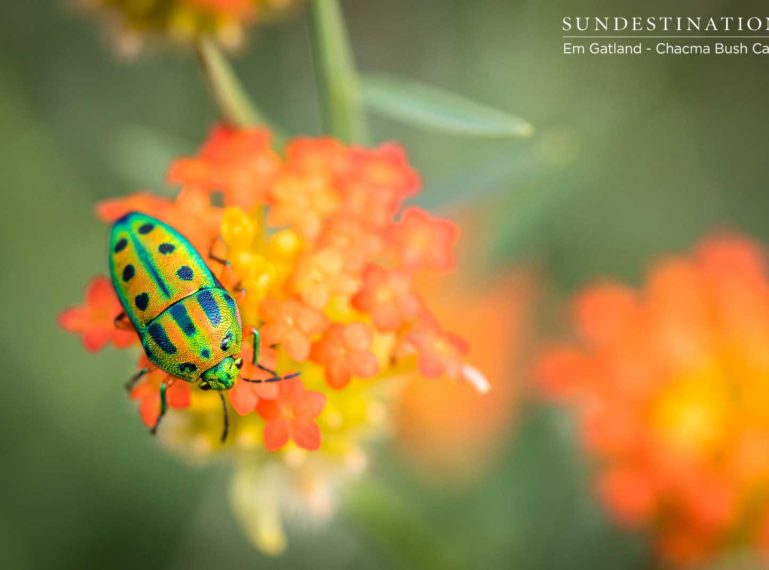
Using your purpose-built macro lens to capture minute detail on your chosen subject, is a rather absorbing activity. The results of macro photography can be captivating, and the final product introduces the viewer to abstract and exquisite detail not capable of being seen with the human eye. With the advent of digital photography, photographer’s are now afforded opportunities to focus on the microscopic elements of fauna and flora. It’s the fine hairs on an a hard-shelled insect, the reflections of a cityscape in a pin prick of a dew drop, and the kaleidoscope of colours on the plume of a bird or posterior of an arthropod, that serves to remind us that there’s plenty that goes undetected by the human eye.
What is macro photography? In short, it’s the art of making something tiny – if not microscopic – look massive. It’s the skill of getting close to a subject, and selecting a focal point that that takes up the full frame. It takes a fair bit of skill to master the art of getting an exceptional macro shot – the shutter speed is generally quite long, and the depth of field quite shallow. Getting the perfect balance can be tricky, but practice makes perfect!
Macro photography is best done with a DSLR, and not a an in built, fixed lens on a point-and-shoot. Although possible with camera phone technology, and those point-and-shoots, you don’t have control over elements such as aperture, shutter speed and exposure. Going the DSLR route allows you to control the outcome, and is most certainly the way forward with macro photography.
Two of our passionate visual gurus, Em Gatland and Rogan Kerr, love their macro photography. Rogan loves his small creatures, and even has a dedicated hashtag and following for his #SmollFwens (small friends) series on Instagram. Em and decided to take a handful of images to showcase the minuscule mayhem that happens in the wild, and Rogan sent through one of his images. We have images of indulgent velvety termites, hardcore rhino beetles and star-trek looking plants!
We chatted briefly to find out more about macro photography.
What type of lens do you use for macro photography?
Em : Nikon 105 2.8 macro lens
Rogan : I shoot on a Sony A7iii, and my lens is a Sigma Art 70 mm macro lens.
What is your favourite subject?
Em : There is no one species that is my favourite. It’s a whole new world when you get up close and personal with smaller creatures. The intrinsic detail in each one is mind blowing and you can spend hours just photographing one beetle!
Rogan : My lens is recent purchase, so I don’t quite a favourite subject just yet! Going forward, my focus is definitely going to be reptiles and insects!
Is it more technical than other photography?
Em : It does have its challenges. The subject is often moving and the focus mechanism on a macro is very different to your standard lenses. You find yourself in very uncomfy positions while photographing the subject.
What’s your advice for budding macro photographers?
Em : You need to have loads and loads of patience. You must remember to switch to manual focus, and for extra detail on the subject, shoot on a decent f-stop. But most of all, get lost in the small world you are capturing and have fun doing so!
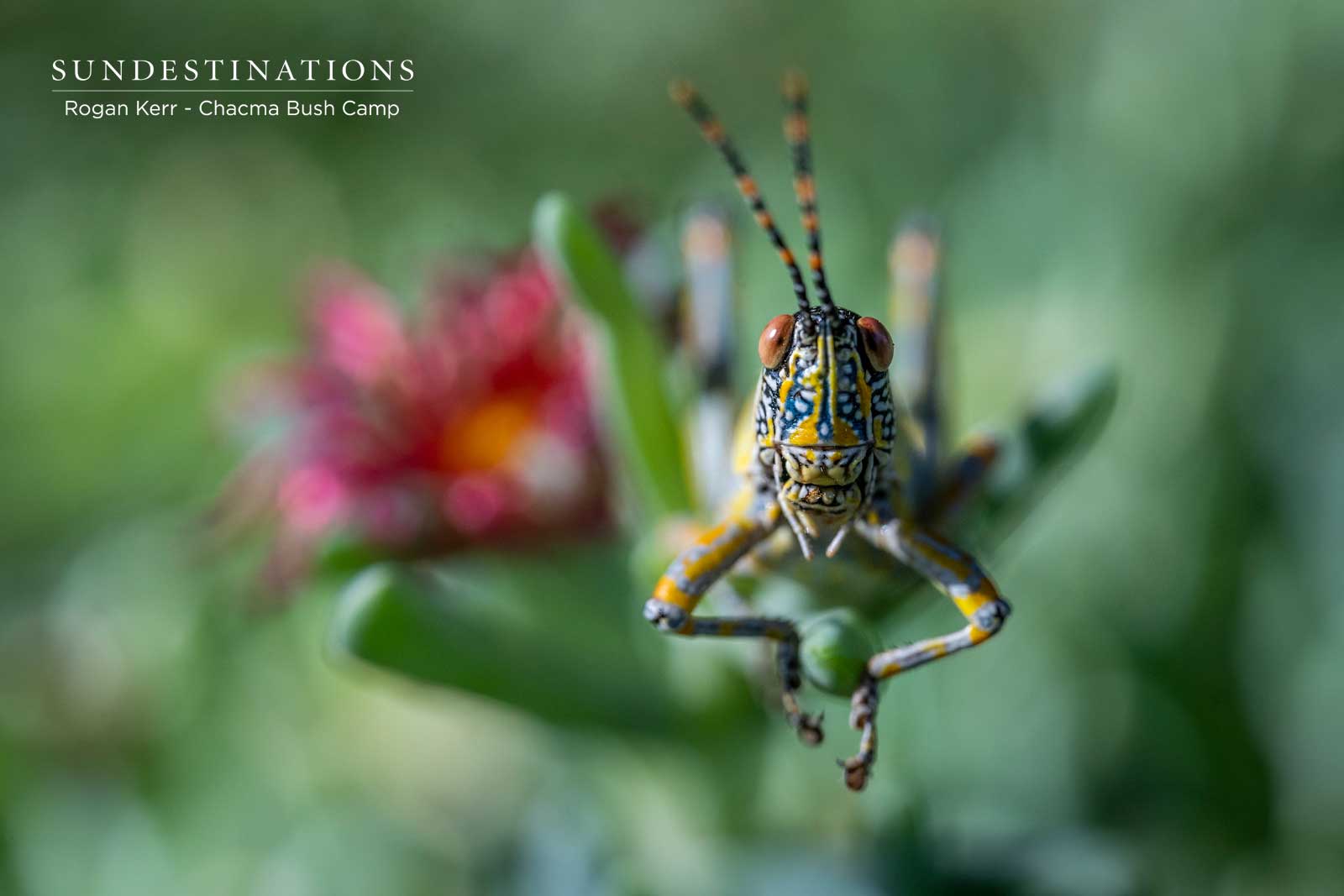
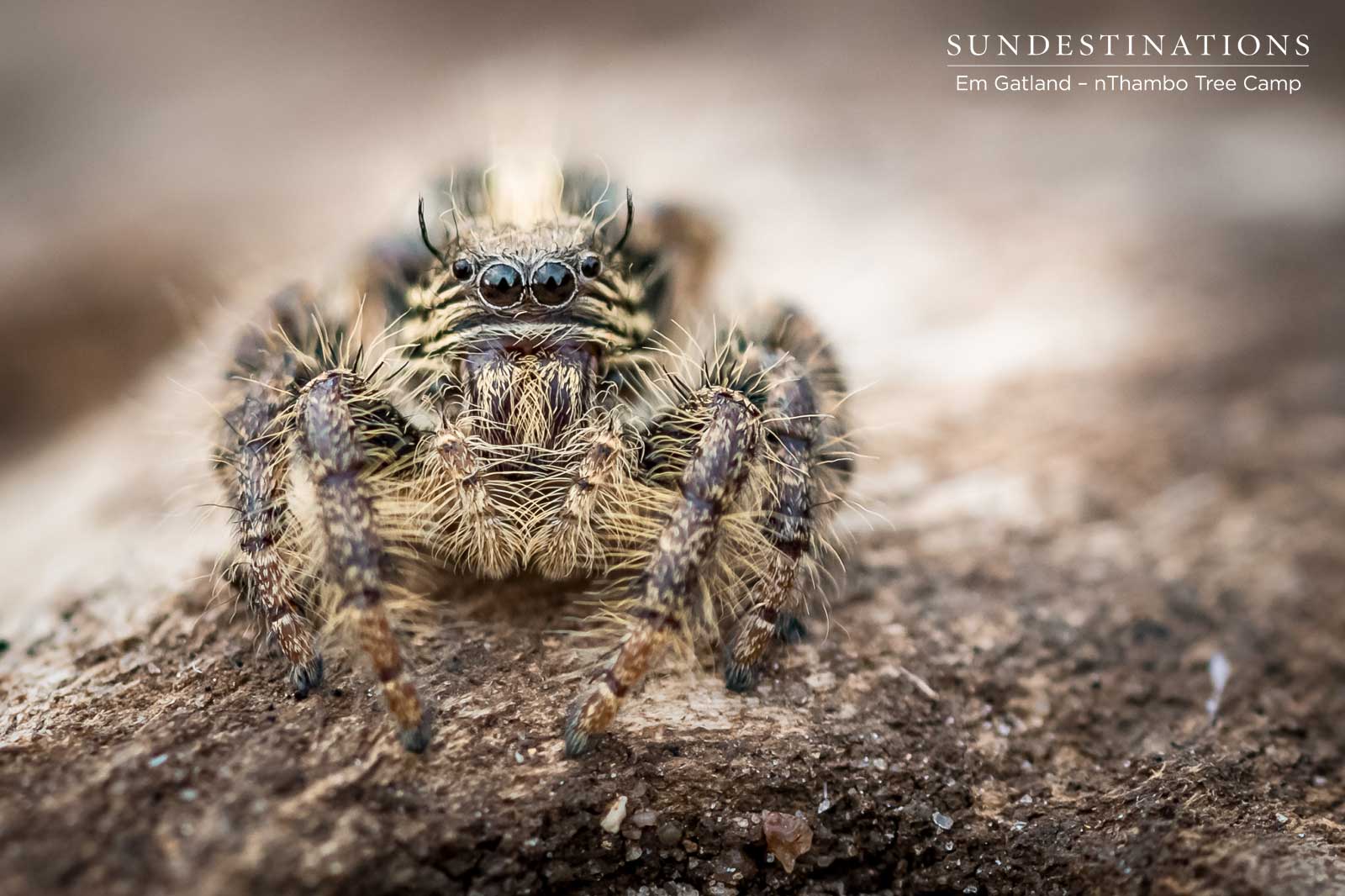
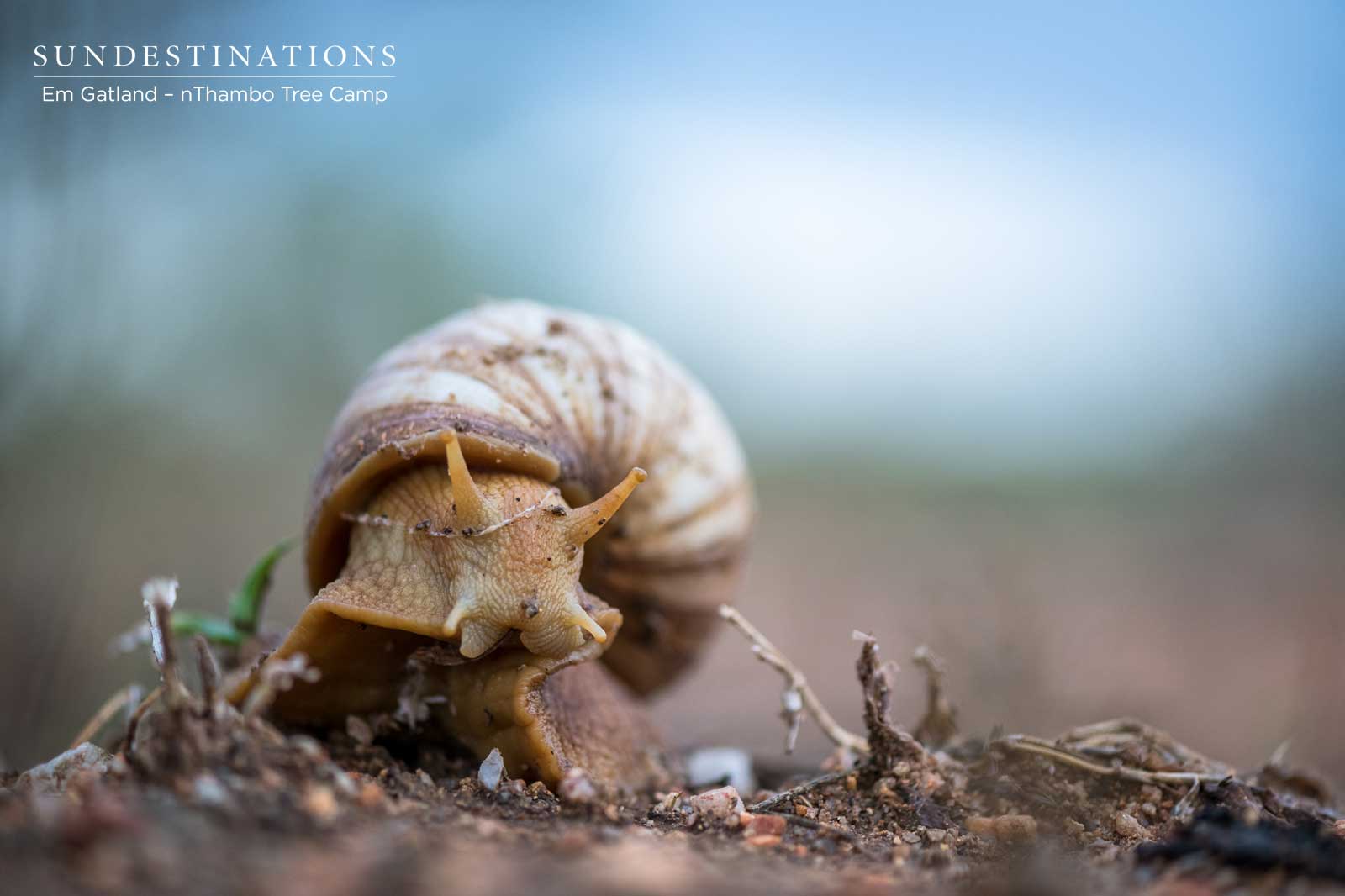
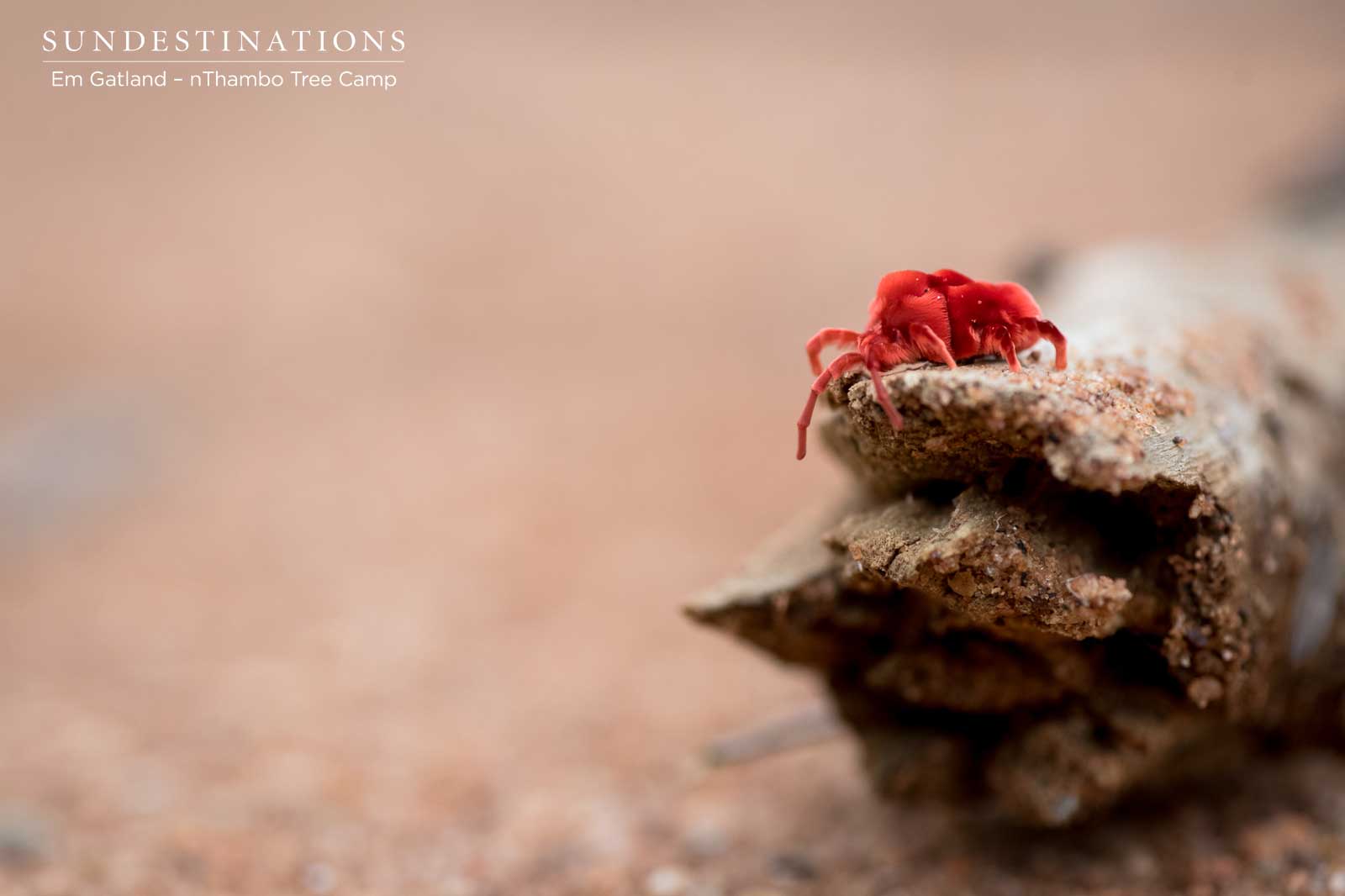
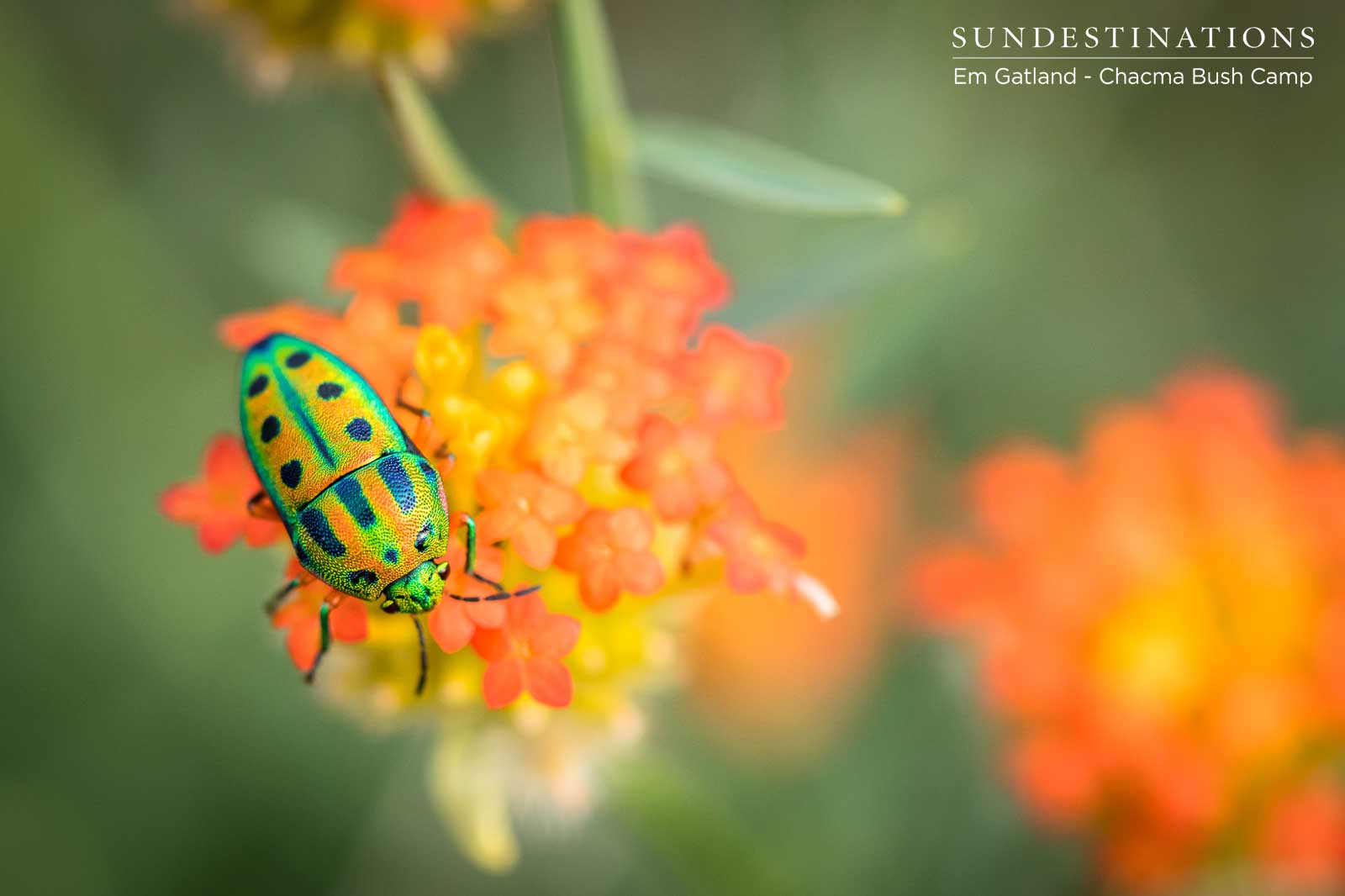
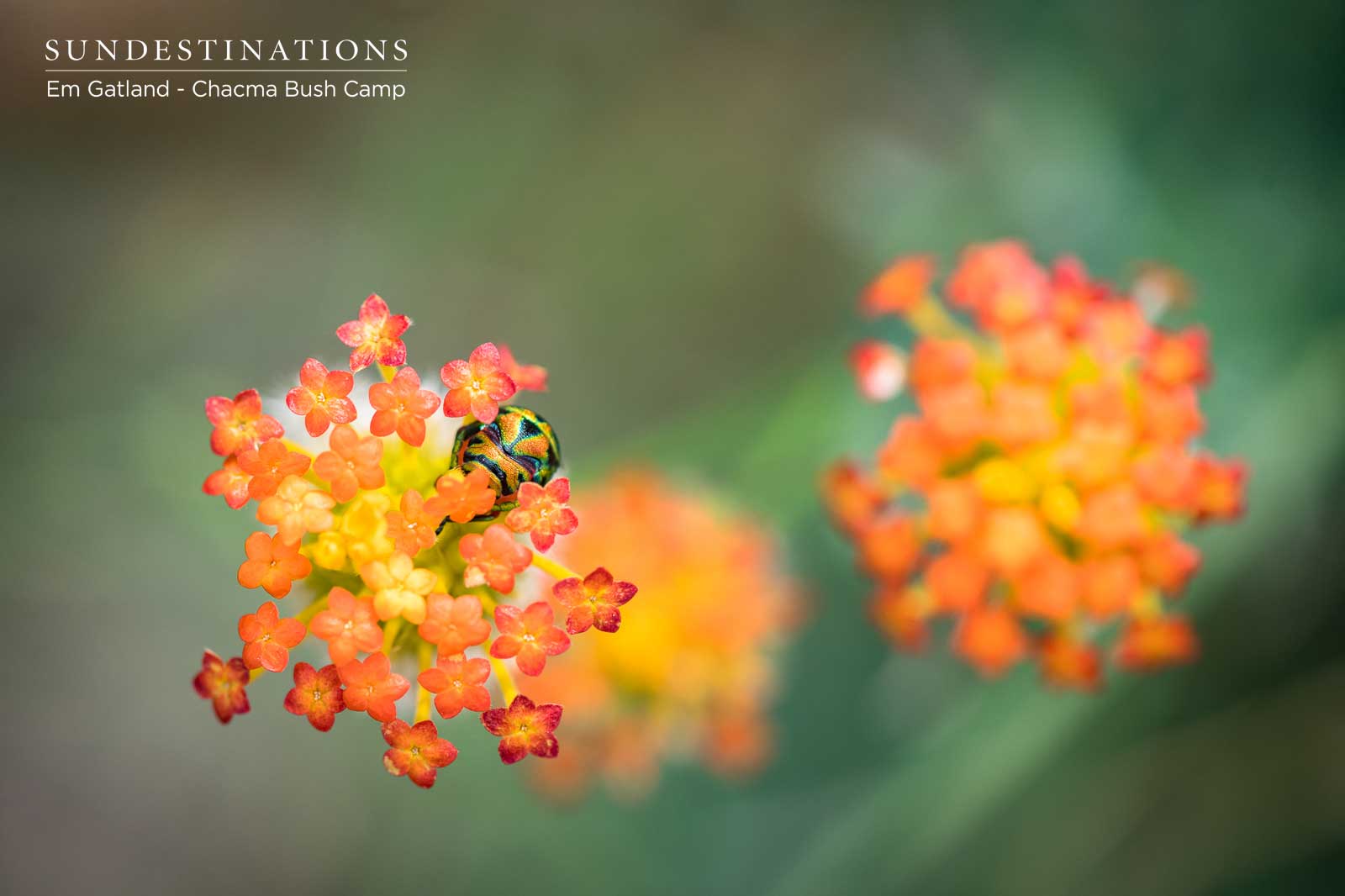
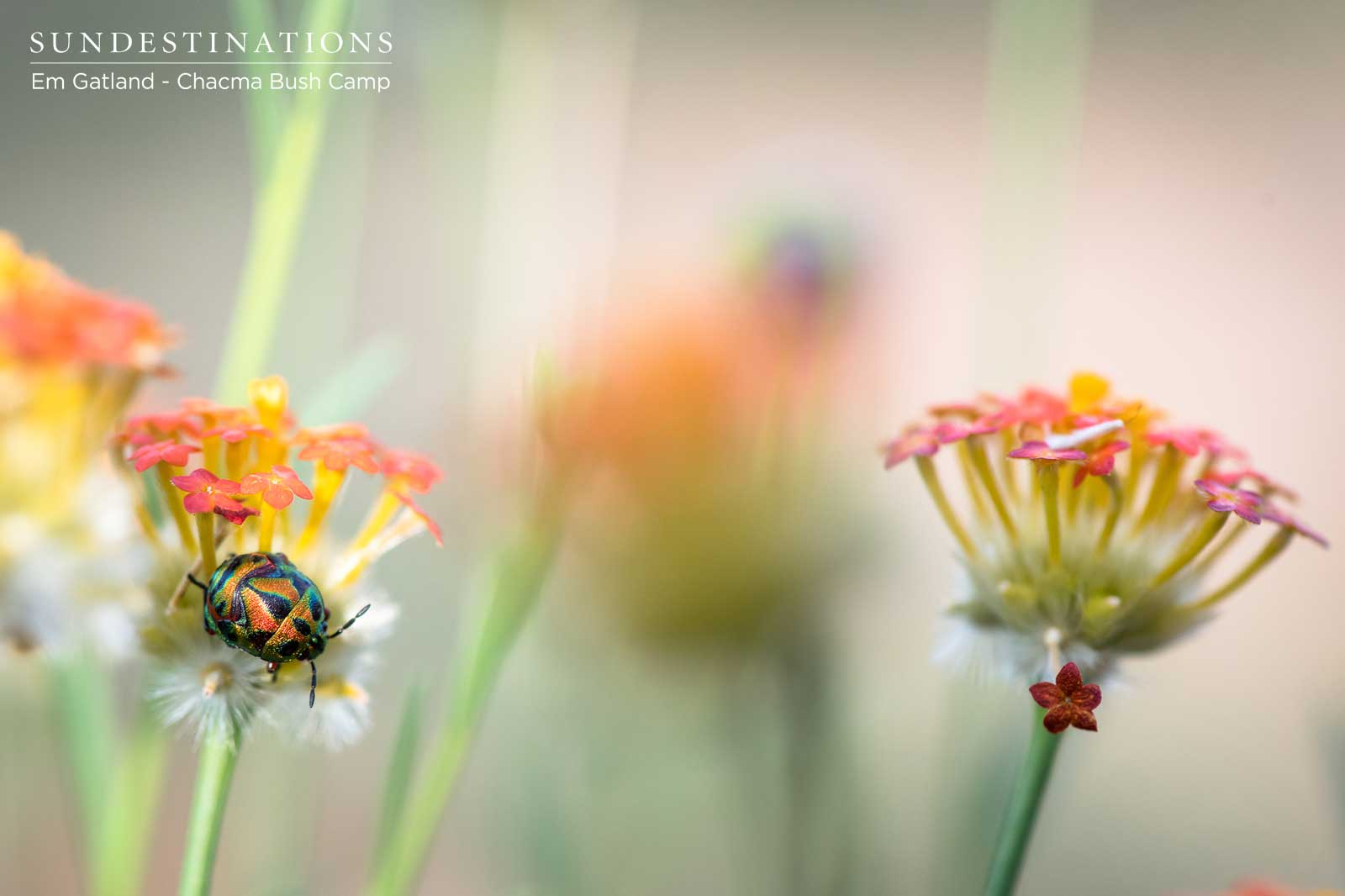
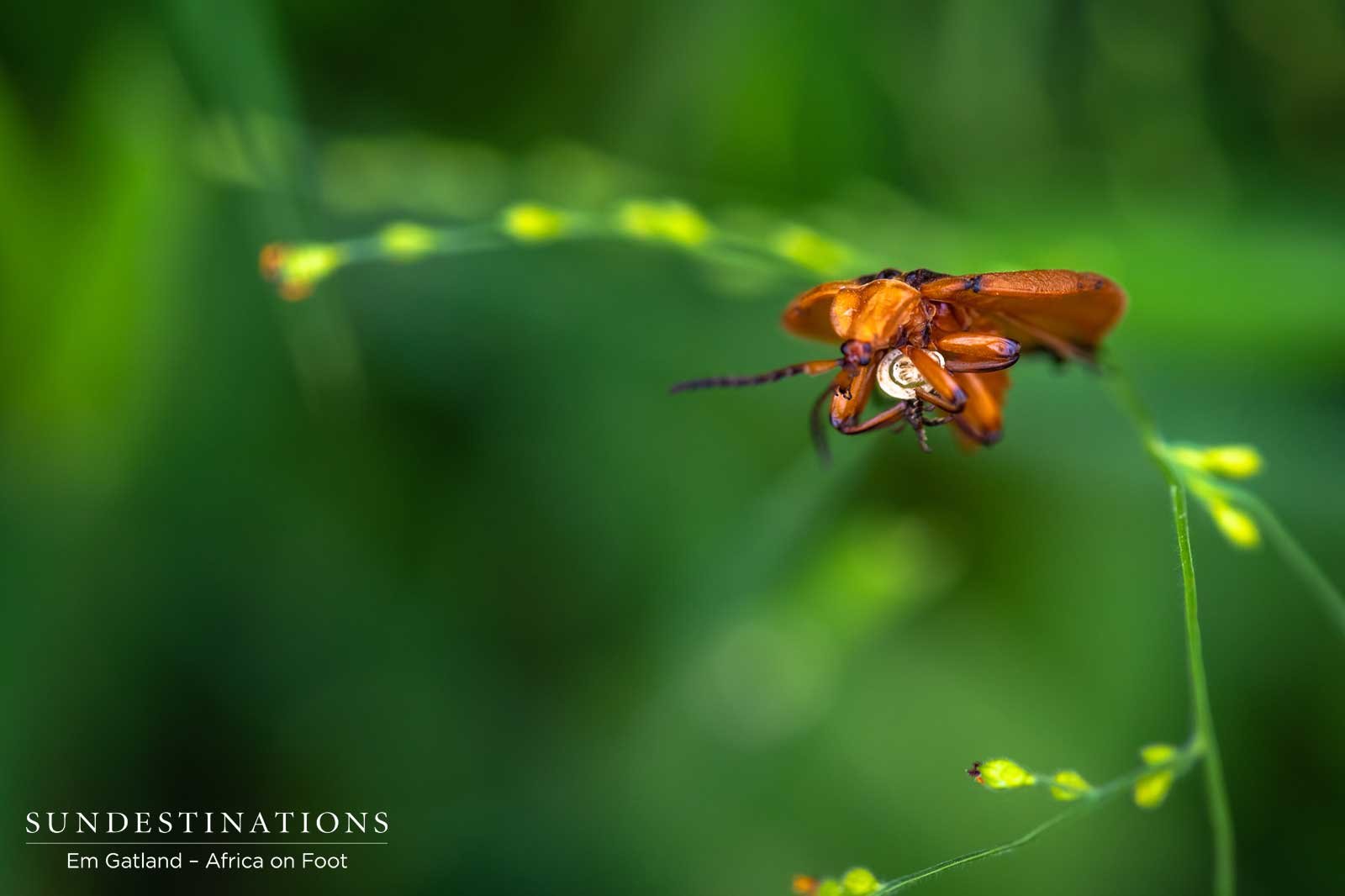
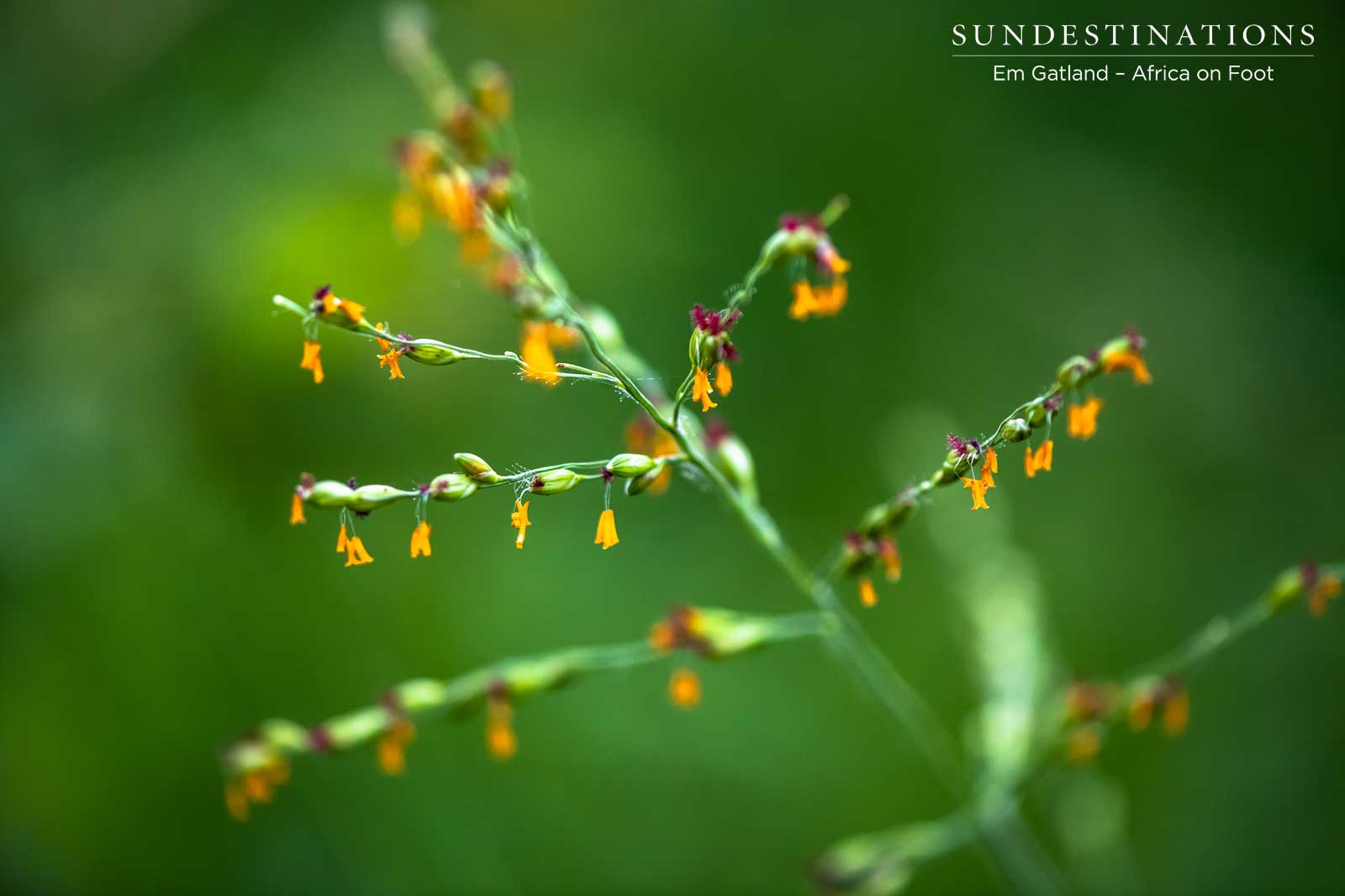
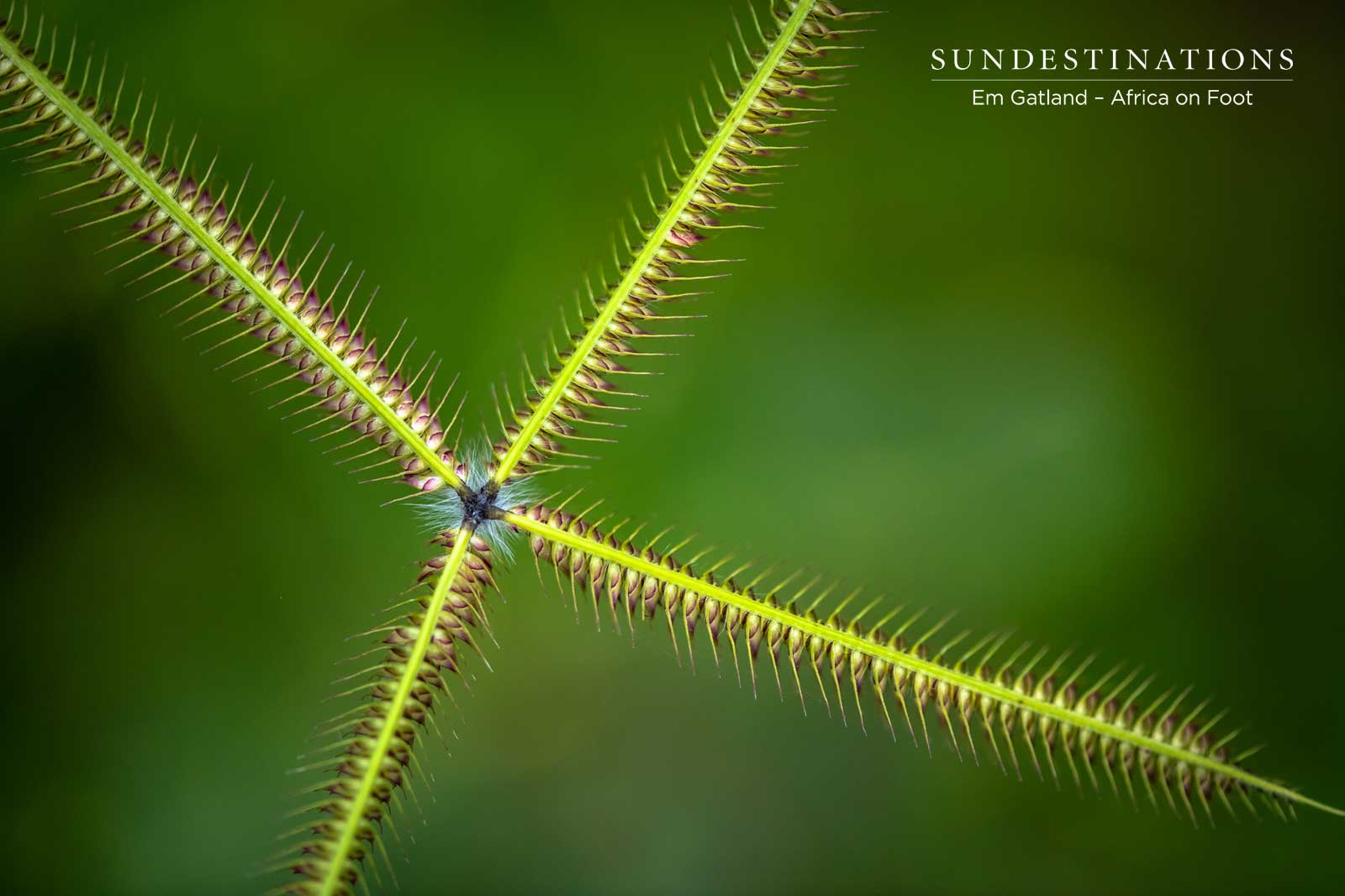
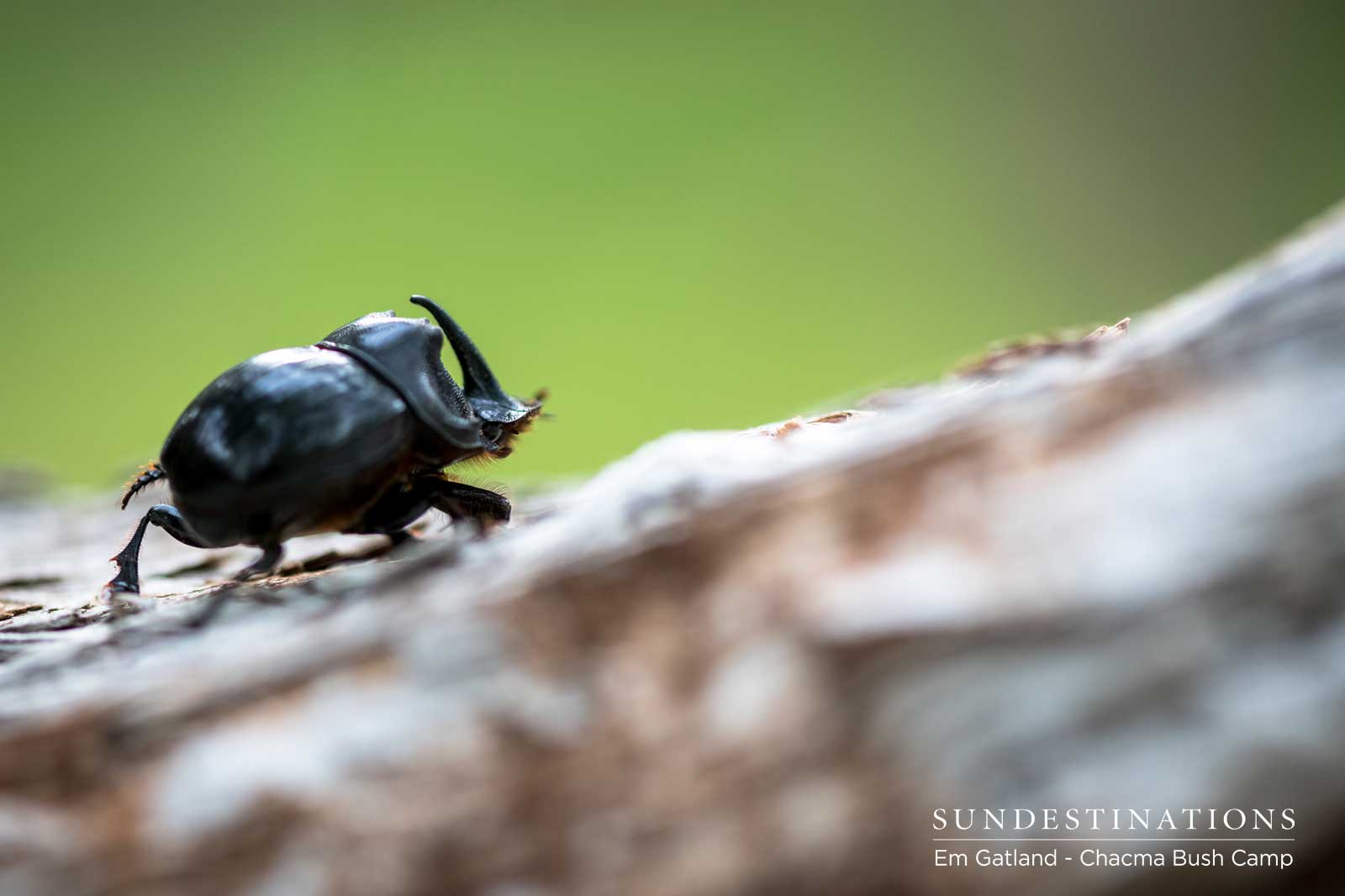
Leave a Comment